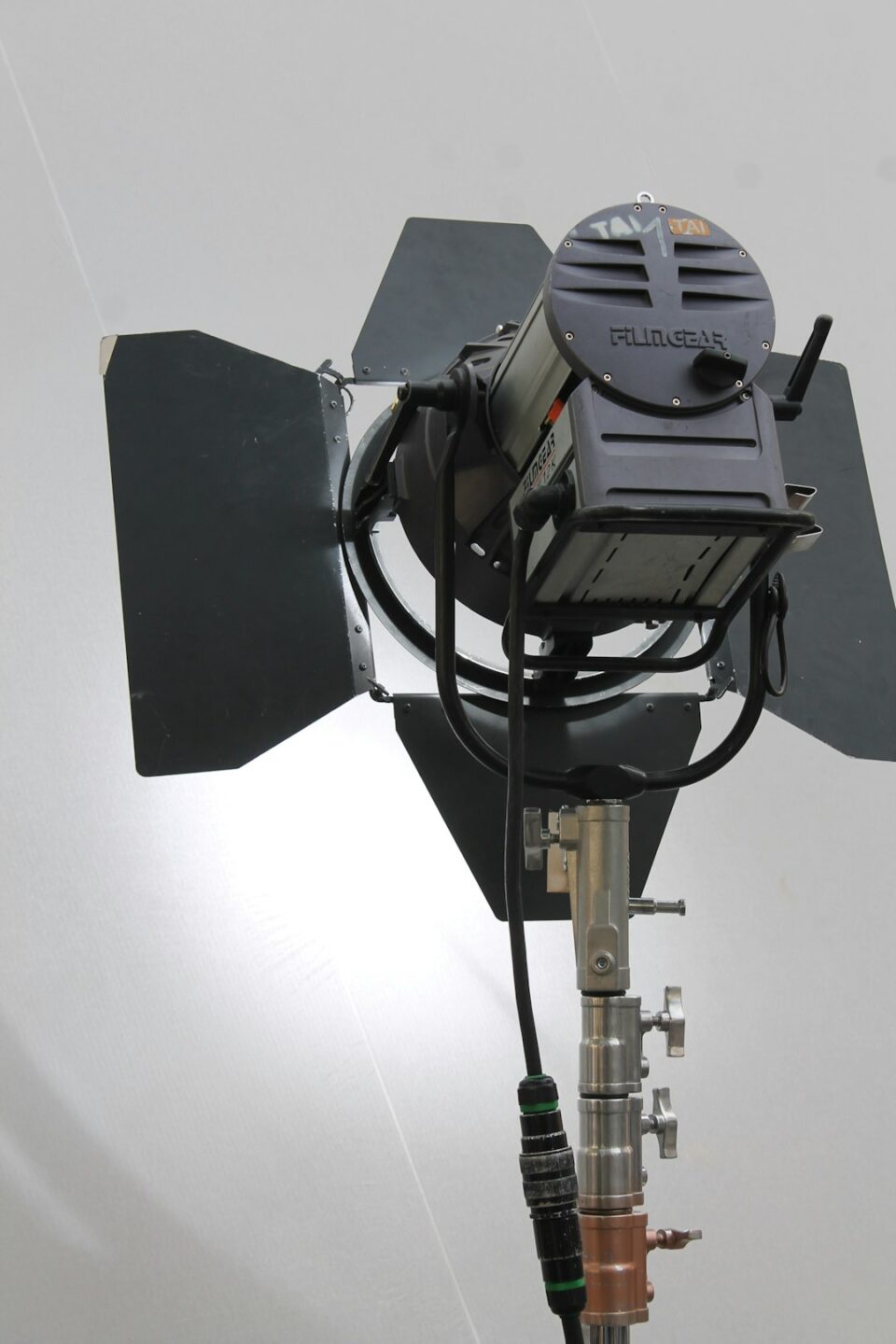From Traditional to Digital: Adapting to the Changing Media Landscape
The media landscape has undergone a profound shift over the past few decades. With the rise of the internet and the proliferation of digital devices, traditional media platforms such as newspapers, radio, and television have had to adapt to stay relevant in an increasingly digital world.
One of the most significant changes has been the way people consume media. In the past, we relied on traditional media outlets to provide us with news and entertainment. This meant reading newspapers in the morning, tuning into the radio during our commute, and watching television in the evening. Today, however, we have endless options at our fingertips. We can access news and entertainment anytime, anywhere, thanks to smartphones, tablets, and laptops.
This shift has also transformed the advertising industry. Advertisers used to rely heavily on traditional media platforms to reach their target audience. They would purchase ad space in newspapers, air commercials on television, and sponsor radio shows. While these methods are still effective, they have become less dominant than they once were.
Digital advertising has emerged as a powerful and cost-effective alternative. With online advertising, businesses can reach a global audience with precision targeting. They can segment their audience based on demographics, interests, and behavior, ensuring that their message reaches those most likely to be interested in their products or services. This level of targeting was unimaginable in the pre-digital era.
Furthermore, digital advertising offers real-time feedback and data analytics. Advertisers can track the performance of their campaigns, measure conversions, and make adjustments on the fly. This level of data-driven decision-making was simply impossible with traditional media. Advertisers can now accurately measure the return on investment (ROI) of their advertising efforts and optimize their strategies accordingly.
While these changes have presented numerous opportunities, they have also posed challenges to traditional media outlets. As audiences shift towards digital platforms, newspapers are struggling to maintain their readership. Many have turned to online editions or introduced paywalls to generate revenue. Radio stations are facing competition from streaming services and podcasts. Television networks are grappling with declining viewership as people turn to online streaming platforms for their entertainment needs.
However, rather than fading away, traditional media platforms have found ways to adapt and leverage the advantages of digital technology. Newspapers, for example, have embraced online publishing and now offer digital subscriptions. They have also ventured into social media platforms to engage with their readers and distribute their content. Radio stations have started podcasting, reaching a new generation of listeners who prefer on-demand audio content. Television networks have launched their streaming services, making their shows available to a global audience.
In conclusion, the media landscape has experienced a significant transformation as traditional media platforms adapt to the digital age. While traditional media is not obsolete, it must coexist and compete with digital platforms to remain relevant. Advertisers have shifted their attention to digital advertising due to its precision targeting and data-driven capabilities. Traditional media faces challenges but has found ways to embrace digital technology to maintain their foothold in the industry. As technology continues to evolve, both traditional and digital media will need to adapt constantly to meet the changing preferences of their audiences.

